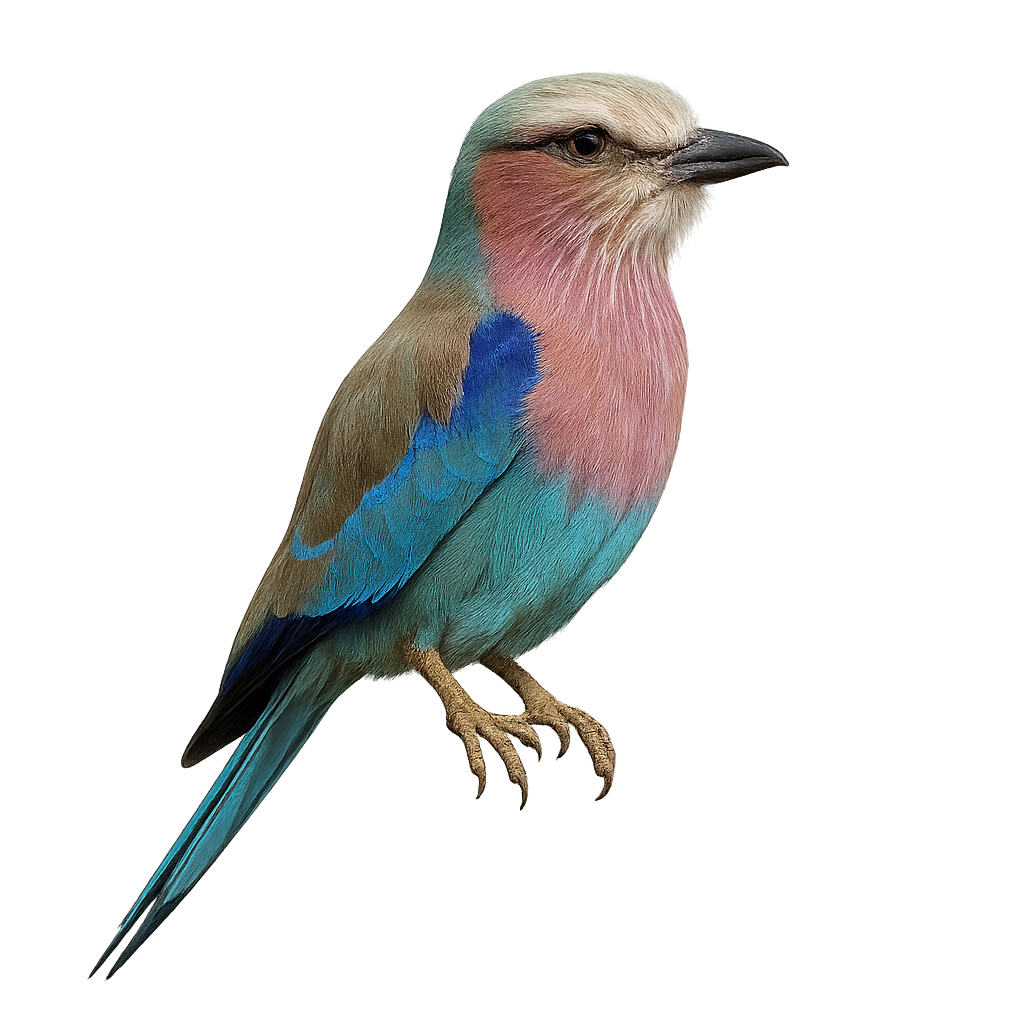Your wildlife photography guide.
Explore the lilac-breasted roller in detail, study its behavior, prepare your shots.
Where to observe and photograph the lilac-breasted roller in the wild
Learn where and when to spot the lilac-breasted roller in the wild, how to identify the species based on distinctive features, and what natural environments it inhabits. The WildlifePhotographer app offers tailored photography tips that reflect the lilac-breasted roller’s behavior, helping you capture better wildlife images. Explore the full species profile for key information including description, habitat, active periods, and approach techniques.
Lilac-breasted Roller
Scientific name: Coracias caudatus

IUCN Status: Least Concern
Family: CORACIIDAE
Group: Birds
Sensitivity to human approach: Suspicious
Minimum approach distance: 10 m
Courtship display: October to December
Incubation: 17-20 jours
Hatchings: October to January
Habitat:
Savannas, open woodlands, shrublands
Activity period :
Primarily active during the day, with peak activity in the morning and late afternoon.
Identification and description:
The Lilac-breasted Roller, known for its vibrant plumage, is an iconic bird of the African savannas. Its head and chest display lilac hues, while its wings exhibit a mix of bright blue and green. This bird is often seen perched on trees or poles, scanning the ground for insects and small vertebrates. During the breeding season, it performs spectacular aerial displays, diving and rolling in the air. Although primarily sedentary, it may undertake short migrations depending on climatic conditions. The Lilac-breasted Roller plays a crucial role in the ecosystem by controlling insect populations.
Recommended lens:
400 mm – adjust based on distance, desired framing (portrait or habitat), and approach conditions.
Photography tips:
To photograph the Lilac-breasted Roller, focus on the golden hours of morning or evening when the soft light enhances its vibrant colors. Use a telephoto lens of at least 400mm to capture precise details without disturbing the bird. Be patient and observe its perching habits to anticipate its movements. A tripod can be helpful to stabilize your camera, especially if using slower shutter speeds. Finally, try to capture the roller in flight to showcase its spectacular aerial displays.
The WildlifePhotographer App is coming soon!
Be the first to explore the best nature spots, track rutting seasons, log your observations, and observe more wildlife.
Already 1 430 wildlife lovers subscribed worldwide

